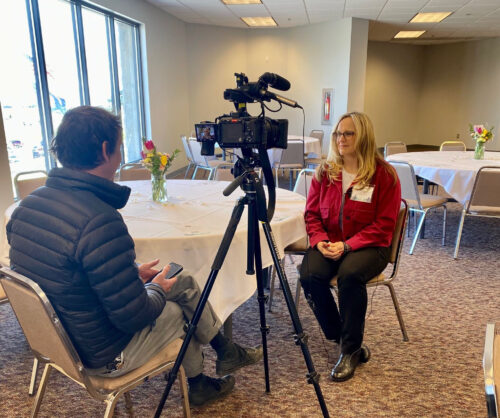Observed annually the first full week of February, Burn Awareness Week aims at educating communities about fire safety and sharing information regarding the frequency and severity of burn injuries. Each year, more than 450,000 burn injuries requiring medical treatment occur in the United States. Although burn injuries continue to be one of the leading causes of accidental death and injury nationwide, more than 95 percent of burn victims survive thanks to continuous medical advancements used for treating burn patients, including skin grafts from tissue donors.
As the largest organ, the skin is the body’s first line of defense against microbes and serves as a regulator for heat and fluids. Severe injuries to the skin, like burns or scalds, expose the body to infections and fluid loss that can be fatal if not treated adequately. A skin graft serves as a protective bandage which helps alleviate pain, prevent infection, and promote healing in burn patients.

Perhaps one of the most impactful stories we’ve heard about the benefits of skin transplantation comes from fitness enthusiast, mining engineer, and motivational speaker Turia Pitt. In 2001,while competing in a 100 km ultra-marathon in Western Australia, Turia was caught in a freak firestorm. She was flown out of the remote outback, barely alive, and suffered burns to 65 percent of her body. Due to the expanse of her burn injuries, surgeons at Concord Hospital in Sydney turned to leading U.S. tissue bank, Musculoskeletal Transplant Foundation (MTF) for donated skin to help save her life. Thanks to the generosity of 16 Americans, including donors from LifeCenter Northwest’s region, Turia was given a second chance. Though she spent two months in a coma, endured roughly 200 operations, and spent 864 days in the hospital, Turia never gave up hope. Today, her miraculous recovery has allowed her continue her elite athletic pursuits.
“One of the doctors told me I wouldn’t be able to run again,” Pitt told Runner’s World magazine. “I thought, I’m gonna show you. I’m gonna do an Ironman one day. It’s the epitome of fitness, the holy grail.”
In October 2016, Turia crossed the finish line of the Ironman World Championship in Kona, Hawaii. The race consists of a 3.8 km swim, 180 km bike ride, and 42 km run. Turia completed the race in 14 hours and 37 minutes. Special clothing like cooling sleeves and white suits helped her handle the extreme heat and humidity
“Competing in Ironman has ultimately showed me that I literally can do anything I put my mind to,” she said on her blog.
To learn more about Turia and her outstanding accomplishments visit www.turiapitt.com




